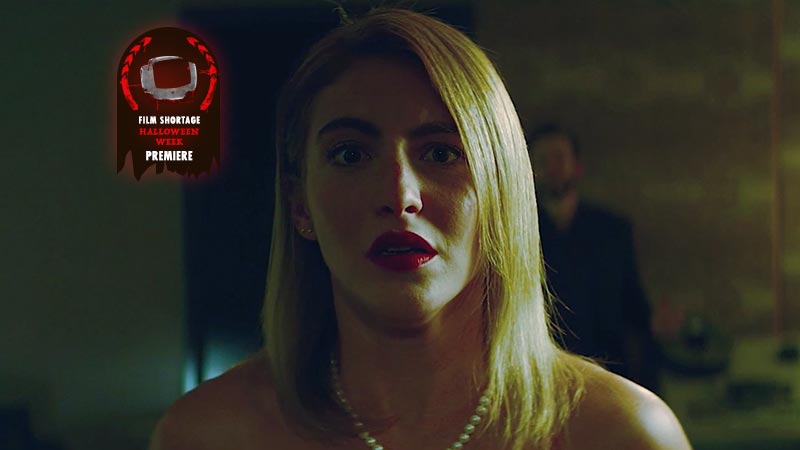Using a supernatural device in his garage, a man is able to travel anywhere he pleases in the multi-verse. The ultimate destination: a reality where his wife still lives.
Director’s Vision
The reason I wanted to make this film is because, at the time, I was really interested in exploring a character who experiences a tragedy, however I wanted to make it so the tragedy alone no longer caused his suffering, but have it be his own unwillingness to accept and move on as the ultimate cause of his self-inflicted torture.
In many ways, the film is a reflection of my own life at the time where I was painfully adamant about having my life work out a certain way, but ultimately anguished by the reality that things simply would not return to “normal”. While in my own life I began to learn to accept these very painful truths, I thought a complex character could be made out of someone who finds it easier to take on the mental and physical burden of literally trying to change his reality (in a multiverse theory sense) rather than accept that his wife is dead and move on.
Some of the set design, for example the whiteboard and the walls of the dark world, feature endless scribbles of equations, drawings, words and phrases. I wanted this to convey the unrelenting mental process this character was going through in order to dance around the truth. I wanted the viewer to experience how excessively far this character would go to avoid the truth. Which I think is true in all of our lives.
Typically when I begin writing a new project I start with a theme, rather than a specific tone or genre. Since I wanted this theme to be “the cost of avoiding truth”, elements of sci-fi/fantasy seemed to fit appropriately. We always hear the painfully cliche “you’re your own worst enemy” and in truth, we’ve probably seen the whole multiple versions of one character represent this statement in a sci-fi film a thousand times. However, what grabbed me about doing this story was flipping this convention on its head. In this film, it isn’t the other versions of himself that are his enemies, those guys actually try to help him. They encourage him to stop the bull-headed effort and just let go. The Cereal-Eating-Guy being the best example of this. In this way, our character is able to literally see a life, a version of himself, where he can choose not to be tortured, but he chooses the route of needless suffering anyway. He’s the one that hits the switch. What happens to him at the end is merely a consequence of diving deeper into the fray.
Many have asked how does this device work? While logic and science play significant roles in similar films, I chose this device to be super-natural. I wanted something deeper and more spiritual than a realistic device that would somehow be based in theory. I’ve heard interesting takes comparing it to a kind of addictive and transformative ouija-board, where the cost significantly outweighs any sliver of benefit. However, there are some hints of real quantum physics theories, namely Schrödinger’s Equation written on the walls and the whiteboard. I guess you could say it’s one part quantum physics and one part metaphysical.
A lot of the quantum physics theories involving multiple realities and wormholes involve concepts of waves, wavelengths, and frequencies. However, to me the title of this film is much more representative of the unrelenting, repetitive effort to change what he cannot.
The frequency of his denial is endless.
If by the end you assume that he’s just going to go right back and try again, you’d probably be right.



